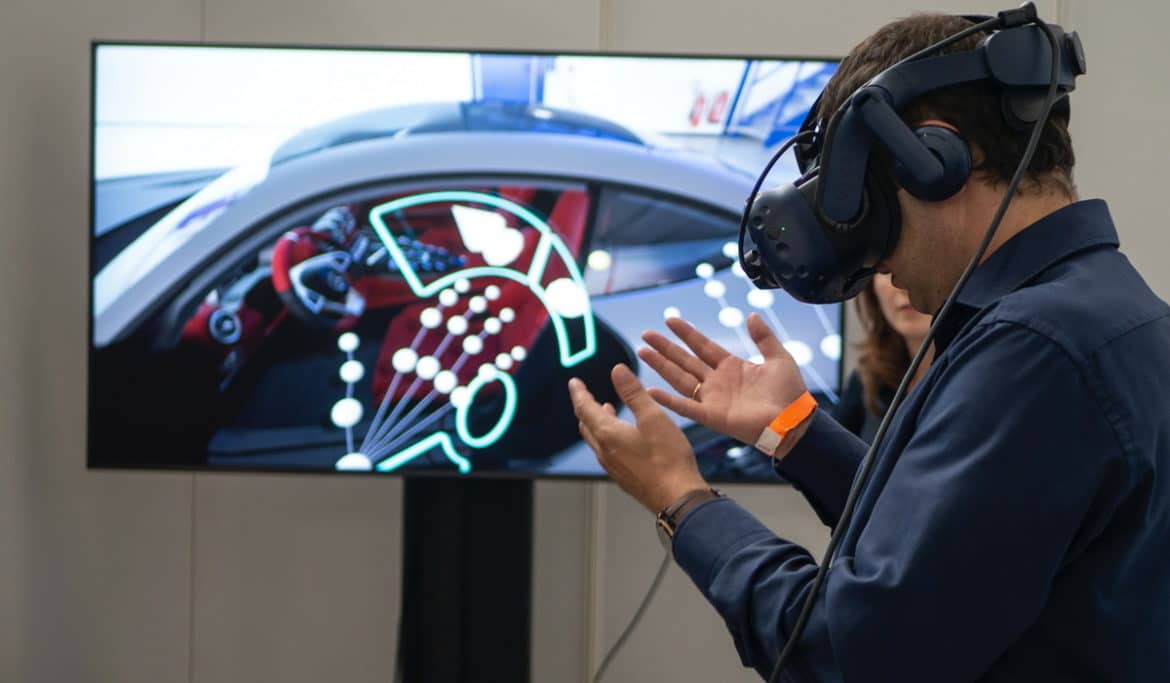
In just a few years, the augmented reality (AR) and virtual reality (VR) became one of the biggest tech trends with millions of users in both the consumer and business sector. From video games to supporting critical business functions, AR and VR apps have found their use across different markets.
According to data presented by Buy Shares, the global AR, VR, and mixed reality (MR) market is expected to continue growing and hit a $124.4bn value by 2023, a 305% increase in two years.
Consumers Spent $6.3B on AR and VR Technology in 2020, More than All Other Segments Combined
The AR and VR industries are growing at a fast pace. Although VR technology use is rising in several markets, VR gaming and VR videos make up the largest use cases, with $20.8bn expected to be spent in 2023 on these areas alone.
The AR apps have gone far from Snapchat filters and Pokemon Go, probably the most popular examples of this technology. From smartphone apps aimed at the individual consumer to more sophisticated data visualization tools used by enterprises to interpret big data analytics, AR technology has found its use in different industries. The growing edge computing market and 5G connectivity made the technology much more viable, allowing users to unveil a new generation of AR apps.
In 2021, the global AR, VR, and MR market is expected to reach $30.7bn value, revealed the BCG survey. By the end of the next year, this figure is set to jump to $58.7bn. However, the following years are expected to witness even more impressive growth in the use of AR, VR, and MR technology. In 2023, the unified market is forecast to grow by another $65.7bn. By 2025, the market value is expected to surge to almost $300bn.
The IDC Worldwide Augmented and Virtual Reality Spending Guide revealed consumers lead in AR/VR technology spending. In 2020, consumers spent $6.3bn on AR/VR devices and solutions, more than all other segments combined. The distribution and services segment ranked second with $1.9bn in spending. Manufacturing and resources, public sector and infrastructure market followed with $1.6bn, $1.5bn and $380 million, respectively.
AR/VR Headset Shipments to Hit $26.5 Million in 2023, a 140% Jump in Two Years
The surge in the use of augmented reality and virtual reality technology is expected to drive impressive growth in AR/VR headset shipments in the following years. One major use of VR headsets is for gaming, allowing gamers a full-immersive experience.
In 2020, around 5.5 million AR/VR headsets were shipped worldwide revealed the TrendForce and Statista data. Analyzed by a vendor, Facebook’s Oculus Quest 2 and Sony’s PlayStation VR were the leading VR headsets last year.
In the fourth quarter of 2020, more than one million Oculus Quest 2 units were shipped worldwide. PlayStation VR followed with 125 thousand sold units in a three-month period.
Statista and TrendForce forecasts project massive growth in both AR and VR headset sales in the upcoming years, with both technologies combined expected to sell over 26 million units in 2023. The surging demand is set to continue rising with the number of sold unit reaching 43.5 million by 2025.
The following years are also expected to witness a growing demand for AR glasses. Smart glass technology is already advancing in hands-on industries like manufacturing, logistics, and field services. The Deloitte study showed more than 90% of large industrial companies are either using or evaluating smart glasses in their enterprises today.
In 2020, around 250 thousand AR glasses were shipped worldwide. This figure is expected to jump to 410 thousand in 2021. By 2025, global AR glasses shipments are forecast to surge to 2.1 million globally.
Question & Answers (0)